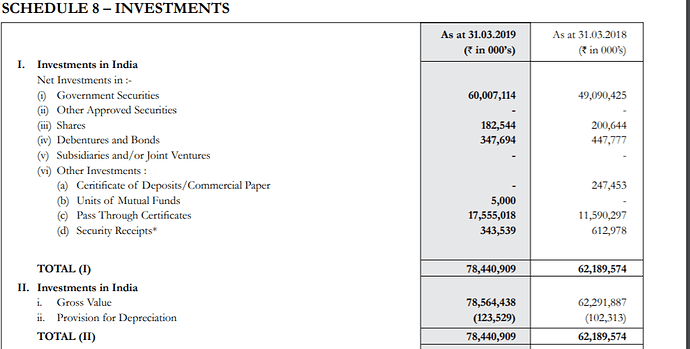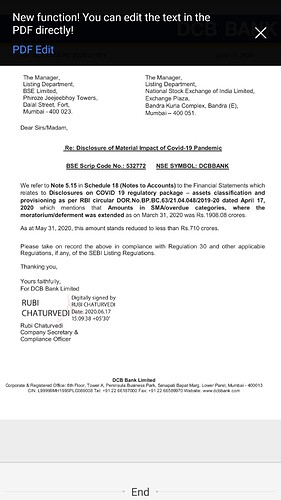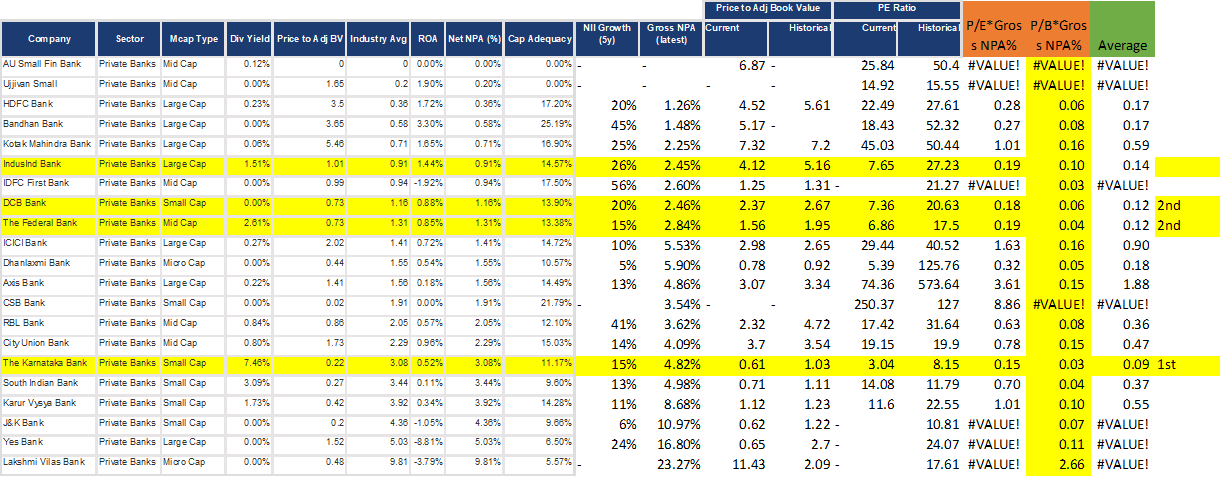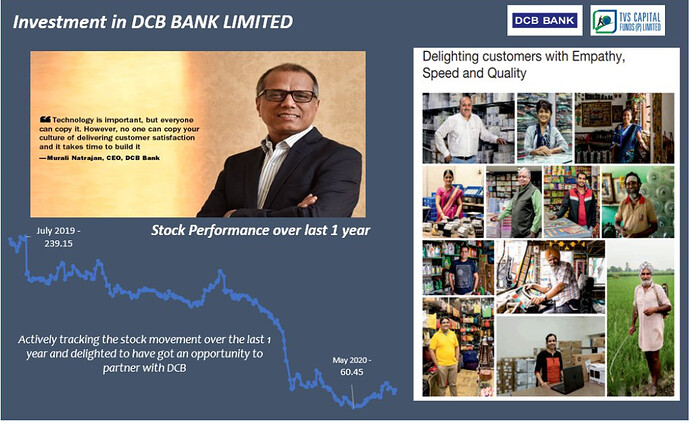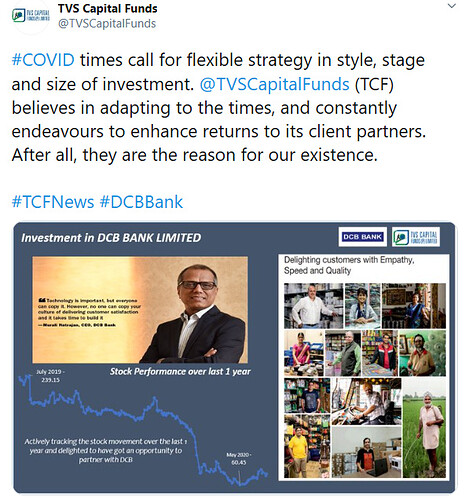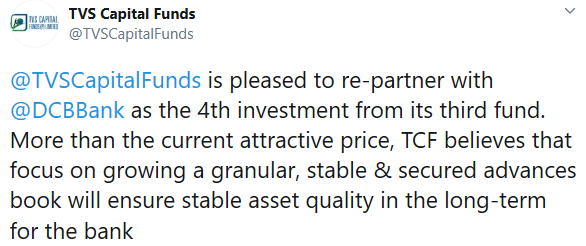DCB Bank Q3FY20 Earnings Call Highlights:
Participants:
- Perfect Research
- Haitong Securities
- B&K Securities
- Anived PMS
- HDFC Securities
- Investec
- Elara Capital
- White Stone Financial Advisors
- Emkay Investment
ConCall highlights:
- Most of the time DCB loses customer is not because of service or brand, it is usually because they want more money at lower rate which doesn’t fit the risk appetite of the bank
- Slippages during the quarter is Rs 41 crore; one packaging manufacturer lost their main client and the manufacturer is not able to recover their receivable from the client which resulted into stop in payment
- Bank has provided 25% of that slippages during this quarter
- DCB has been reducing its exposure to CV segment for the last one year; CV exposure currently stands at around Rs 1,600 crore
- Number of head count increased by 100 during this quarter to 6,500
- Head count per branch is higher for DCB compared to other players
- There is very good opportunity in home loan for SME segment, where it is good ROE and less risk weight
- DCB is not facing and problem in their AIB portfolio
- DCB were able to recover fully from one corporate account which got slipped into NPA in Q4FY19
- Fee income: Processing fee income picking up, ATM fee income has started improving
- Trade finance business will become static again as bank has taken conservative call on exposure towards brokers
- DCB has guided 12-14% fee income growth for the bank
- Floating provision has been increased by Rs 3 crore during the quarter to Rs 93 crore
- Security Receipts have fallen from Rs 70 crore in March 2017 to Rs 34 crore in September 2019
- This quarter DCB has sold Rs 64 crore of principle outstanding for Rs 38 crore, which is higher than the Net NPA. As per new RBI guidelines this can’t be recognized in P/L account
- Recovery and upgradation during this quarter was Rs 81 crore
- DCB aiming to be one of the best in the industry in terms of top 20 depositors in next two years
- DCB will enter into personal loan and credit card business, but no time line given yet. Bank has said that unless the bank has strong balance sheet, it’s not very good idea to venture into these business
- The bank will add 14-15 branches during Q4FY20
- Home loan book comprises 15% of overall loan book and it is almost 40% of the mortgage book. Average tick size of home loan portfolio around Rs 30-35 lakh
- Breakup of provisions: Credit- Rs 52 crore; Floating and standard assets- Rs 6 crore; Investment- Rs 1 crore

